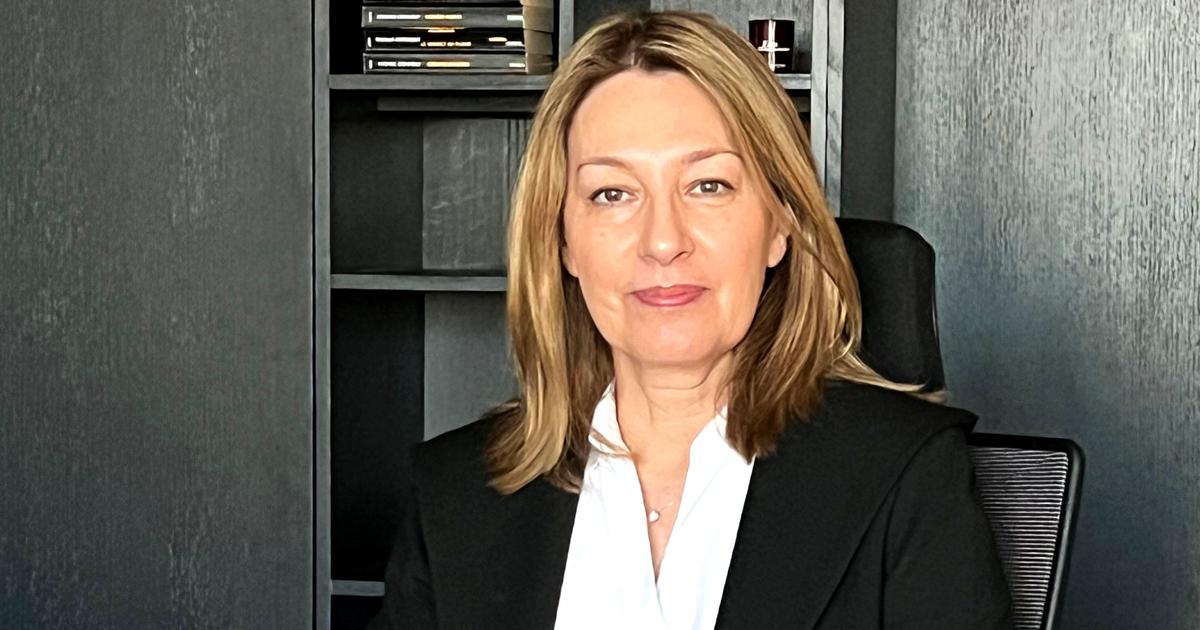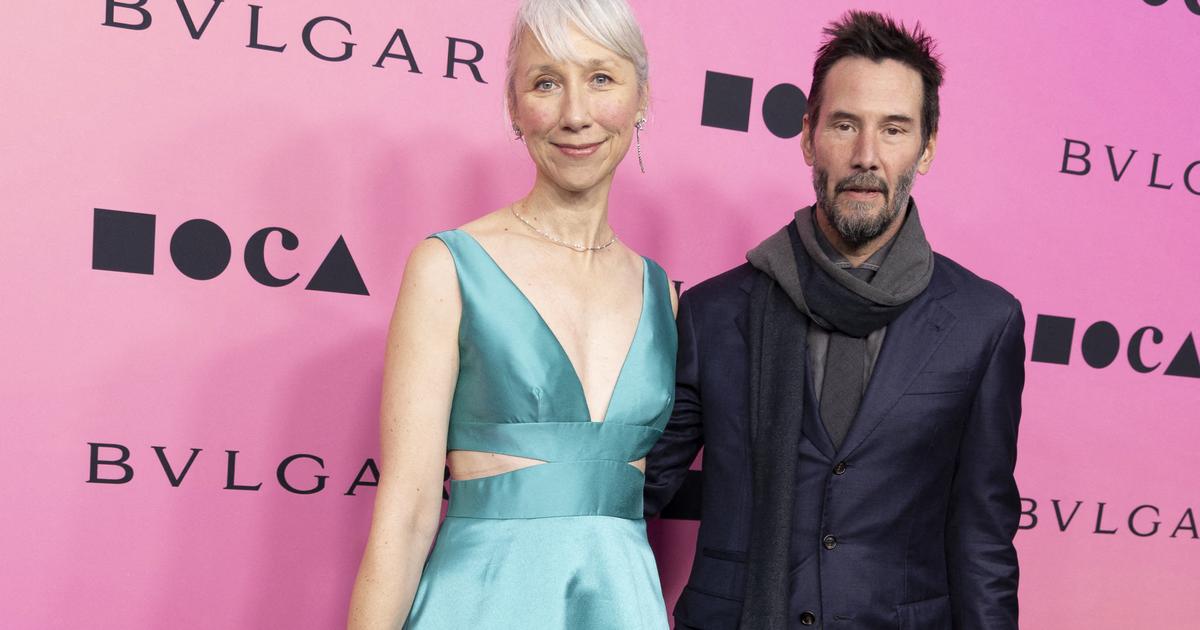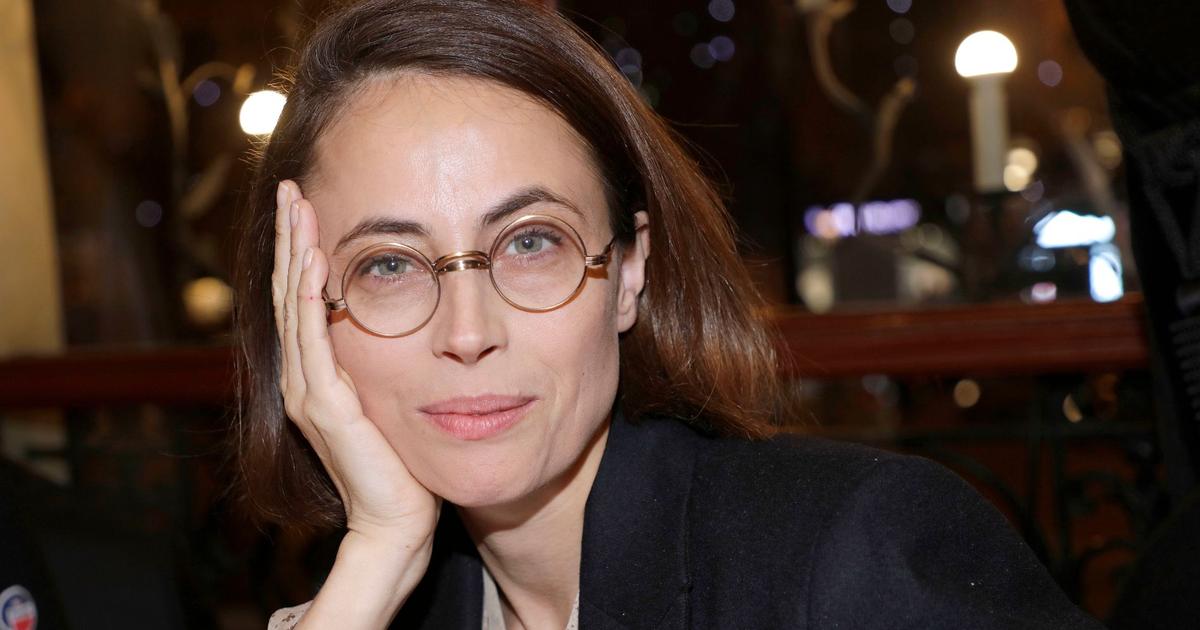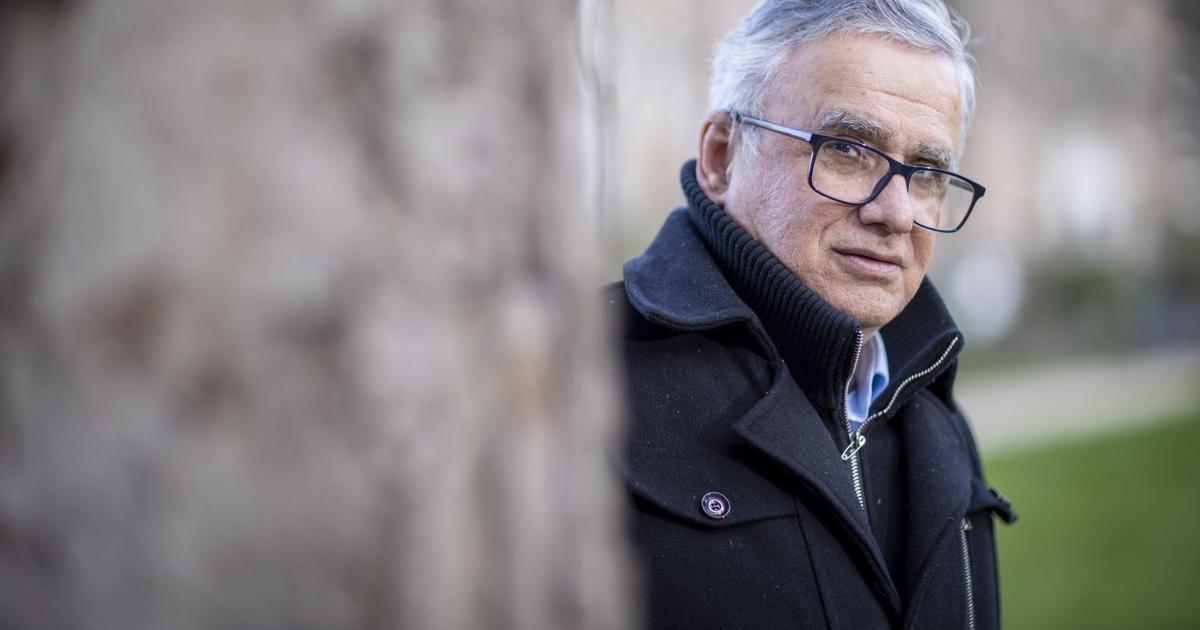In 2001, Anahita Ghabaian Etehadieh created Silk Road Gallery, the first contemporary photography gallery in Tehran.
She exposes the views on the society of her country, reveals the intimate, everyday and little-known faces.
In 2009, she was artistic director of the second edition of Photoquai, the Biennale of images of the world in Paris, and installed Iran in images from the Parisian quays to the Monnaie de Paris.
In 2011, she published the first book on Iranian photography.
In 2017, at the Rencontres d'Arles, she co-commissioned a formidable exhibition of punchy images,
Iran, year 38.
Today, she publishes a manifesto book,
Espace Vital, women Iranian photographers *,
which brings together the work of three generations.
Zoom interview, in perfect French, from London.
To discover
The 3/4 Beckhams, a dream family?
On video, Iran: a couple sentenced to 10 years in prison for a dance video that went viral
Miss Figaro.
– Why publish this book today?
Anahita Ghabaian Etehadieh.
– Because now women are trying to make their voices heard, and that is very important.
I admire their courage in general, and in particular that of the women of my country.
I have been working in photography for over twenty years.
In Iran, she talks a lot about everyday life, through stories or tales that bring us closer to reality.
This book provides an account of contemporary Iran and contributes to what is happening.
My role has been to bring these stories together.
Friday at My Grandmother's House
, a reworked family photo by Malekeh Nayiny.
Malekeh Nayiny
The book brings together three generations of women photographers, why this choice?
There are truly three generations, with different purposes.
The first generation of pioneers, Hengameh Golestan and Rana Javadi, documented the news of the 1979 revolution extensively. At the time, it was very difficult for them to work without being accompanied by their husbands.
Then, when they wanted to go to the front of the Iran-Iraq war, they were not allowed to do so.
Rana then focused on war shots taken by her husband, with which she made photomontages.
The photo is a means of expression which makes it possible to talk about everything, to express a kind of cultural resistance by multiplying the approaches
Anahita Ghabaian Etehadieh
The second generation women, like Shadi Ghadirian or Gohar Dashti, were influenced by memories or their family memory.
They began photography towards the end of the 1990s, at a more favorable time, when the political space opened up a little: photography was taught at university, photography books arrived.
They undertake to create their own narrative by constructing and staging their photos, like Maryam Takhtkeshian or Ghazaleh Rezaei.
With the opening of the Internet and more frequent trips abroad, the third generation is interested in more intimate projects, mixes all subjects and emancipates itself.
Feminism, omnipresent in their gaze, has crossed all these generations – from Shadi Ghadirian to Maryam Firuzi, for example.
Read also“Iranian women use images as a combat weapon”: cinema, vector of freedom
Why did you choose this title,
Espace Vital
?
The photo is a means of expression which makes it possible to talk about everything, to express a kind of cultural resistance by multiplying the approaches, without engaging in politics or suffering the consequences.
Photojournalism, documentary or artistic images are visual poetry
Anahita Ghabaian Etehadieh
In your preface, you write: “Commitment and poetry are the key words of the works brought together”…
In Iran, everything is poetry, and this since the origin of our culture.
Poetry has penetrated every corner of society, without pitfalls of social class.
Photography is its modern version.
In other words, photojournalism, documentary or artistic images are visual poetry.
Like Everyday
, by Shadi Ghadirian.
Shadi Ghadirian
The book is dedicated to "my sister, your sister, our sisters"...
It's a reference to a song that has become famous lately (Baraye
, by Shervin Hajipour
, editor's note
), which says why we do all this today …
Tell us about your gallery, Silk Road, in Tehran…
For more than twenty years, I have never earned a good living, but I have been able to flourish thanks to it, with exhibitions, meetings, trips … Today, the gallery is a kind of platform where artists meet and where sometimes unexpected results are obtained.
For me, it's a luxury that saves me from getting lost in the daily grind.
This is my living space...
*"Living space. Iranian women photographers”, under the direction of Anahita Ghabaian Etehadieh, Éditions Textuel, 160 p., 45 €.
In video
,
Marjane Satrapi: her clip in support of Iranian women






/cloudfront-eu-central-1.images.arcpublishing.com/prisa/KA3LQ5ZEAFEQXOIZXJEEVDUZUQ.jpg)







